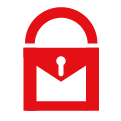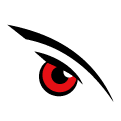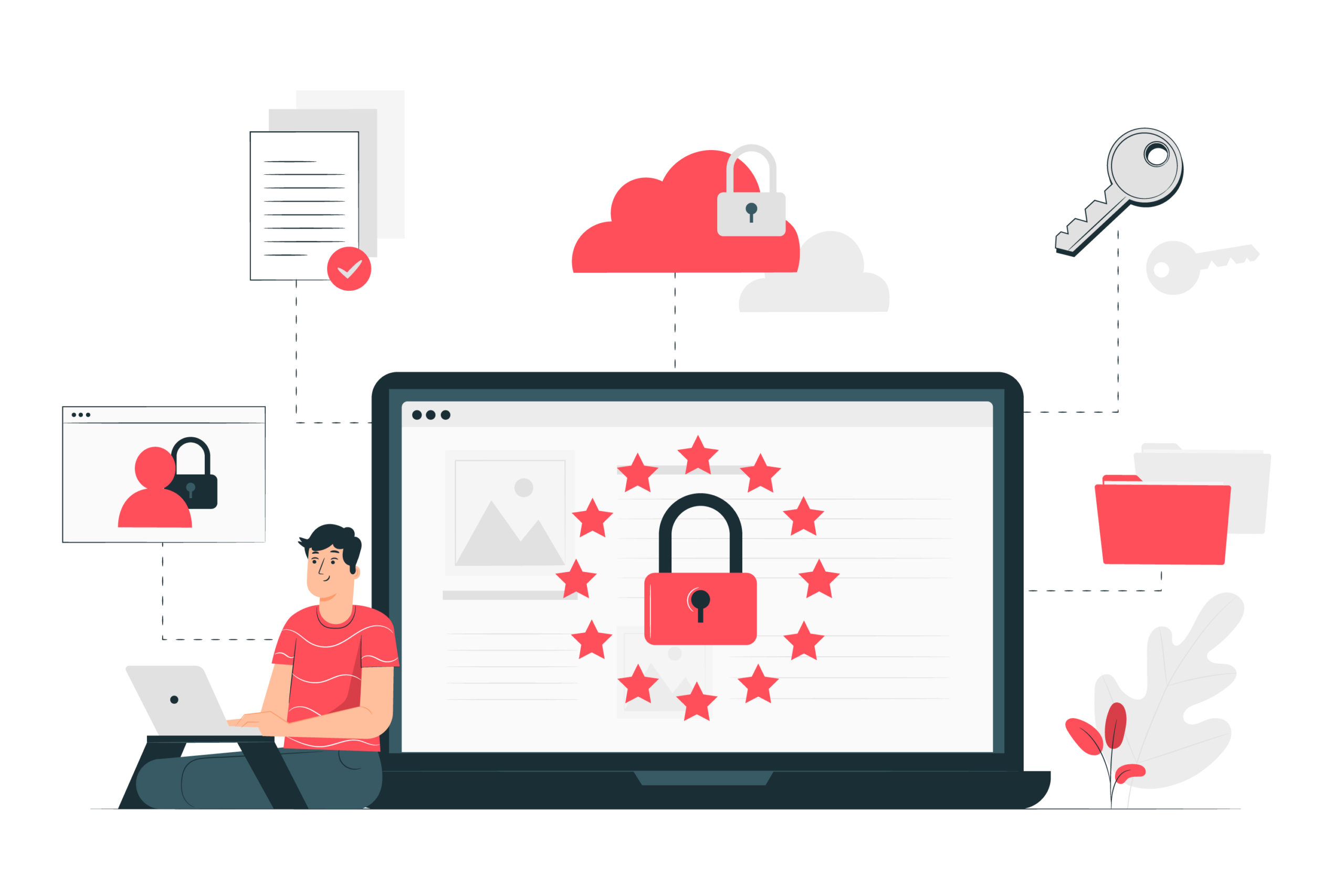The Dark Web: Exploring Hidden Threats and Illicit Activities – 2025
The internet has changed in many ways since it first became publicly accessible in the 1990s, and one of the most controversial developments is the growth of the so-called ‘Dark Web.’
Adults may be concerned about young people visiting the ‘Dark Web’, especially as press reports often link them with dangerous or illegal online activity. However, there are some positive aspects to them – like everything online, problems do not come from the technology itself, but instead are caused by the ways in which people use it.
Table of Contents
What is the dark web?
The dark web is a part of the internet consisting of hidden sites that aren’t indexed by conventional search engines

The Contrast Between the Dark Web and Deep Web
The indexed web comprises at least 3.46 billion pages (Sunday, 03 March, 2024). This projected minimal size of the indexed world wide web is based on the number of pages indexed by the search engines Yahoo, Google, and Bing. But what do indexed web pages have to do with the dark or deep web?
A search engine functions similarly to a librarian, meticulously evaluating and categorizing web content submitted by site owners. These pages, like books in a library, become accessible to all after they are cataloged. When a user conducts a search, the search engine consults the index to identify websites that contain the keywords. Crawling, an automated procedure, is how indexing is done; in contrast, a page that a search engine cannot find is not indexed; consequently, a large portion of the web is not indexed. This part is referred to as the “deep web”. The structure of the internet is the surface web and the deep web, and beneath the deep web lies the dark web.
The Deep Web is a sensitive and private part of the internet where owners of web pages’ gate-keep their content behind paywalls, password-protected websites, or use other methods to prevent them from being found. While the Dark web is a small subset of the deep web that is purposely hidden, constituting a minuscule part of the whole Internet.
Understanding the Dark Web
Definition and Context
The dark web is a subset of the deep web, which encompasses all parts of the internet not indexed by traditional search engines. Unlike the surface web, which is accessible to anyone with an internet connection, the dark web requires specialized software, such as Tor, to access. This anonymity makes it an attractive hub for criminal enterprises seeking to operate beyond the reach of law enforcement.
Access and Anonymity
Accessing the dark web requires navigating through layers of encryption and using tools like Tor, I2P, or Freenet. These networks anonymize users by routing their internet traffic through a series of relays, masking their IP addresses and making it difficult to trace their online activities. While this anonymity can protect privacy, it also facilitates illegal activities and cyber threats.
Do you Know?
A 2019 study, Into the Web of Profit, conducted by Dr. Michael McGuires at the University of Surrey, shows that things have become worse. The number of dark web listings that could harm an enterprise has risen by 20% since 2016. Of all listings (excluding those selling drugs), 60% could potentially harm enterprises.
You can buy credit card numbers, all manner of drugs, guns, counterfeit money, stolen subscription credentials, hacked Netflix accounts and software that helps you break into other people’s computers. Buy login credentials to a $50,000 Bank of America account, counterfeit $20 bills, prepaid debit cards, or a “lifetime” Netflix premium account. You can hire hackers to attack computers for you. You can buy usernames and passwords.
Know About Best Cyber Security Practices For Remote Workspaces
The Anatomy of the Dark Web
Structure and Navigation
Navigating the dark web reveals a complex ecosystem of hidden websites, often with cryptic URLs ending in .onion. These sites can range from illicit marketplaces peddling drugs, weapons, and stolen data to forums discussing hacking techniques and cybercrime tactics. Payment on the dark web typically occurs through cryptocurrencies like Bitcoin, adding another layer of anonymity for users.
Cryptocurrency and Transactions
Cryptocurrencies like Bitcoin are the preferred method of payment on the dark web due to their pseudonymous nature. Transactions conducted in Bitcoin are decentralized and difficult to trace, making them ideal for illicit activities such as drug trafficking, money laundering, and ransomware payments. The use of cryptocurrencies further complicates efforts to combat criminal activity on the dark web
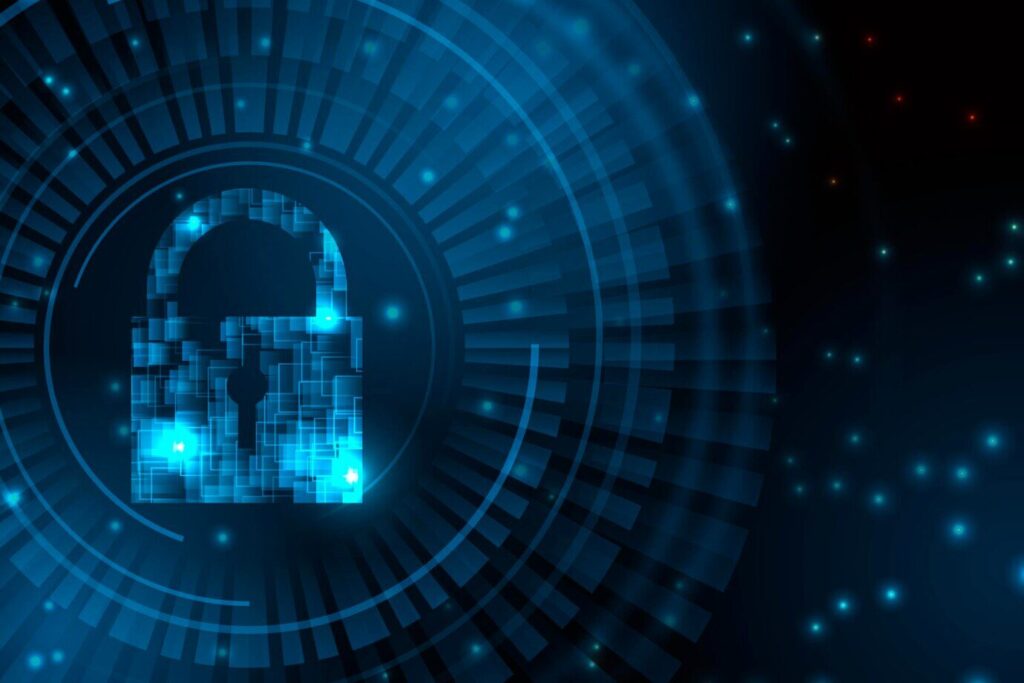
Illicit Activities and Threats
Drug Trafficking and Illegal Marketplaces
One of the most notorious aspects of the dark web is its proliferation of illegal marketplaces selling drugs, weapons, counterfeit goods, and stolen data. These marketplaces operate on hidden websites and facilitate transactions using cryptocurrencies, enabling buyers and sellers to conduct business anonymously. Law enforcement agencies face significant challenges in disrupting these illicit activities due to the anonymity and encryption provided by the dark web.
Cybercrime Forums and Hacking Services
In addition to illegal marketplaces, the dark web hosts forums and communities dedicated to cybercrime, where hackers and criminals exchange tips, tools, and stolen data. These forums offer hacking services, malware-as-a-service, and tutorials on various cybercrime techniques, enabling individuals with limited technical expertise to engage in illicit activities. The proliferation of cybercrime forums on the dark web contributes to the growth of cyber threats and undermines cybersecurity efforts globally.
Child Exploitation and Identity Theft
The dark web is also a hub for heinous crimes such as child exploitation and identity theft. Pedophile forums and websites hosting illicit content thrive in the shadows of the dark web, exploiting vulnerable individuals for profit and gratification. Likewise, stolen personal information, such as credit card numbers and social security numbers, is bought and sold on underground marketplaces, fueling identity theft and financial fraud.
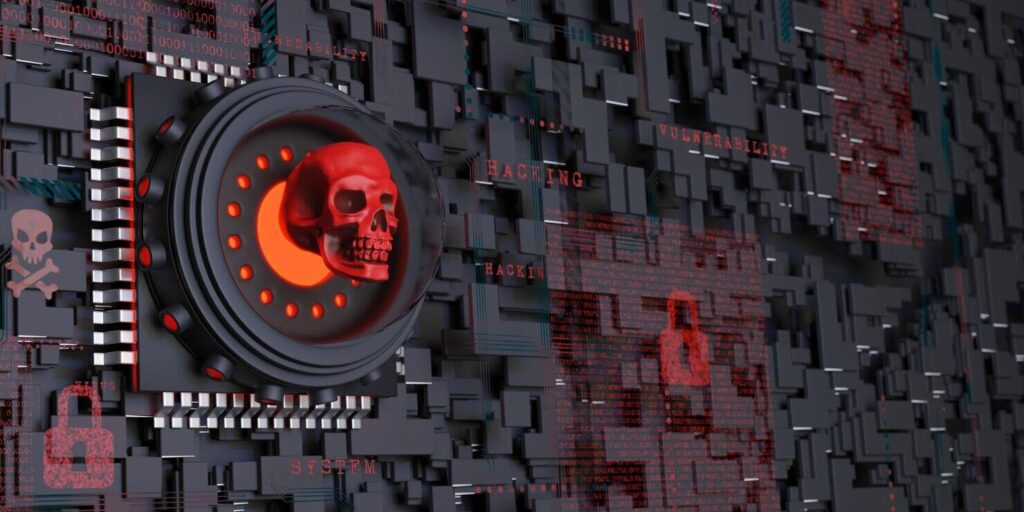
Beyond Illicit Activities
Even though the dark web may not be the abomination that some have claimed it to be, the rest of the Internet is at risk because of its very presence. The discussions surrounding ethical issues while discussing privacy and surveillance on the dark web are enveloped by a variety of diverse viewpoints. Although surveillance has the potential to violate someone’s right to privacy, it can also be used to reduce possible threats. Beyond the illegal behaviors that need surveillance, privacy is necessary for situations where anonymity is crucial. The dark web serves as a space where activism against ruthless regimes and corporate or political whistleblowing thrive. It is not just for criminals.
Cybersecurity Implications
Malware and Exploit Kits
The dark web serves as a marketplace for malware and exploit kits, which are tools used by cybercriminals to compromise systems and steal data. Malware-as-a-service offerings allow individuals to purchase ready-made malware or customized variants for use in cyber attacks. Similarly, exploit kits containing known vulnerabilities are traded on underground forums, enabling attackers to exploit security weaknesses in target systems.
Indicators of Compromise (IOCs) Monitoring
For cybersecurity professionals, monitoring the dark web for indicators of compromise (IOCs) is essential for proactive threat detection and incident response. IOCs such as stolen credentials, malware signatures, and suspicious network traffic can provide early warning signs of a cyber attack. By leveraging threat intelligence feeds and dark web monitoring tools, organizations can stay one step ahead of cyber threats and protect their digital assets.
Navigating the Dark Web Safely
Privacy Tools and VPNs
Given the inherent risks associated with the dark web, individuals and organizations must take precautions to protect their privacy and security. Using reputable VPNs (Virtual Private Networks) and anonymity tools can help anonymize internet traffic and prevent surveillance by malicious actors. Additionally, employing secure browsing practices, such as disabling JavaScript and avoiding downloading files from untrusted sources, can reduce the risk of malware infection and identity compromise.
Security Measures and Risk Mitigation
In addition to privacy tools, implementing robust security measures is crucial for navigating the dark web safely. Keeping software and security tools up-to-date helps defend against known vulnerabilities and emerging threats. Furthermore, educating employees and stakeholders about the risks associated with the dark web and providing training on secure browsing practices can enhance organizational resilience to cyber threats.
Conclusion
The dark web remains a shadowy underworld where anonymity enables illicit activities and cyber threats thrive. By understanding its inner workings and the risks it poses, individuals and organizations can better protect themselves in an increasingly interconnected digital landscape. Through vigilance, cybersecurity measures, and collaboration, we can work towards mitigating the dangers of the dark web and safeguarding the integrity of the internet for all.
What exactly is the Dark Web, and how does it differ from the surface web and deep web?
The Dark Web is a part of the internet that is intentionally hidden and not indexed by traditional search engines. Unlike the surface web, which includes websites accessible to the general public, and the deep web, which comprises content not indexed by search engines (such as private databases).
Is it illegal to access the Dark Web, and what are the potential risks for individuals who do so?
Accessing the Dark Web itself is not illegal in most countries. However, the activities conducted within it may be illegal, such as purchasing illegal goods or services, engaging in cybercrime, or accessing illicit content.
How can individuals protect themselves while exploring the Dark Web?
Individuals can protect themselves while exploring the Dark Web by using specialized software like Tor (The Onion Router) for anonymity, employing strong security measures such as VPNs and updated antivirus software, and avoiding clicking on suspicious links or downloading unknown files.

